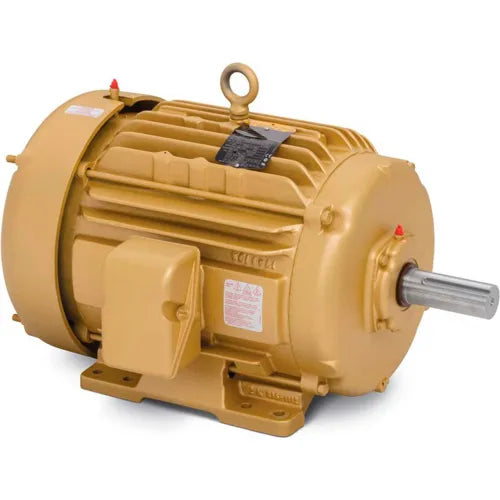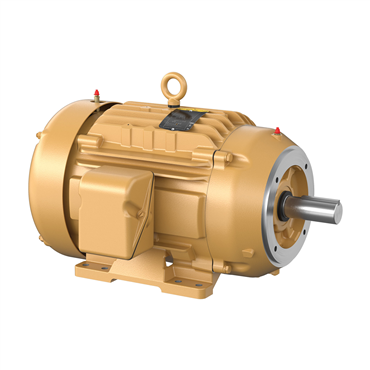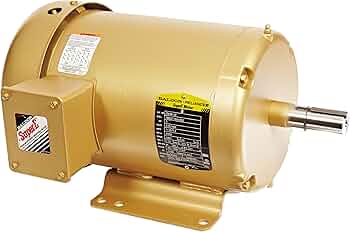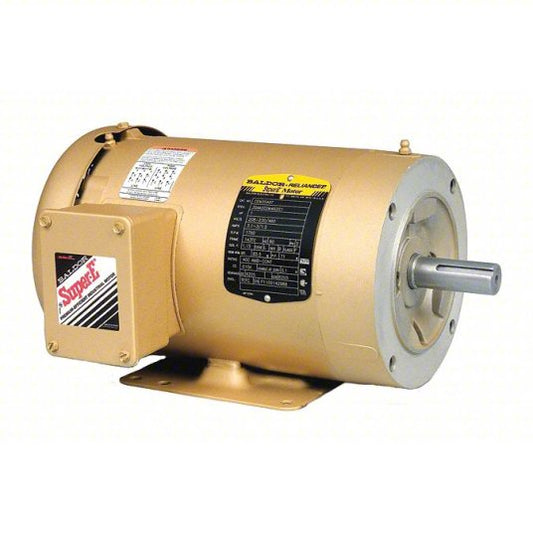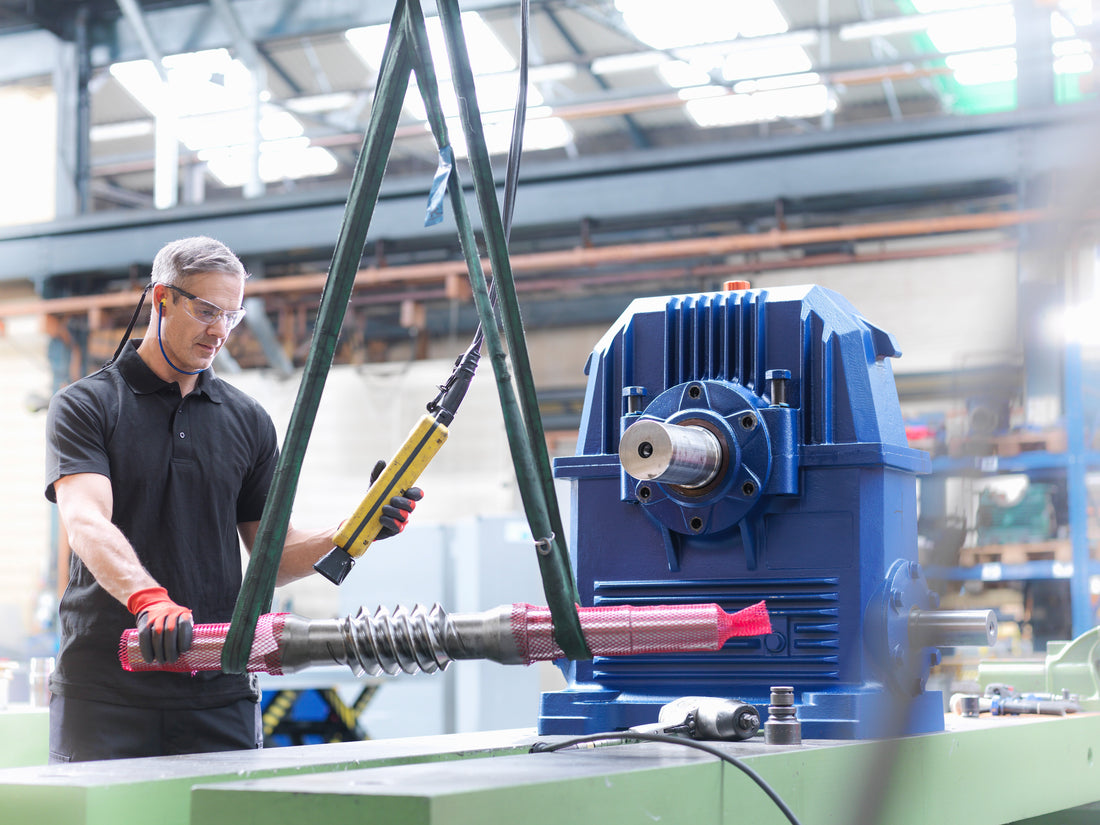
What’s Involved in a Professional Gearbox Inspection?
Share
What’s Involved in a Professional Gearbox Inspection?
Industrial gearboxes work under constant stress. Over time, this leads to wear, heat damage, misalignment, and oil breakdown—often without obvious signs. A professional inspection uncovers these issues early, avoiding costly breakdowns and extending the life of your asset.
Our 5-Step Gearbox Diagnostic Process
- Visual Inspection: Leaks, seals, shaft misalignment, and housing cracks
- Oil Sampling: Checks for metal particles, water contamination, viscosity loss
- Vibration Analysis: Detects imbalance, bearing issues, and gear mesh defects
- Thermal Imaging: Identifies hot spots and overloads without contact
- Borescope Inspection: Internal visuals of gear faces, bearings, and races
How Effective Are These Tests?

Combining multiple testing methods gives you the full picture—letting you plan repairs, lubrication cycles, or replacements with confidence.
When Should You Schedule an Inspection?
- Anytime vibration or heat increases unexpectedly
- Before a scheduled shutdown or capital planning cycle
- After high-impact events (e.g., power surges, overloads)
- After prolonged idle periods or motor rebuilds
If you're in Colorado and need immediate insight into your gear unit health, we can dispatch a technician with all necessary tools, typically within 24 hours.
Frequently Asked Questions
How long does a professional gearbox inspection take?
Most inspections take 1–2 hours on-site depending on the gearbox size and number of tests performed.
Do I need to stop my equipment for testing?
Not always. Thermal and vibration tests can be done during operation. Internal borescope and oil sampling may require shutdown.
Will I get a report after inspection?
Yes. We provide a full digital report with thermal images, vibration graphs, oil findings, and service recommendations.
